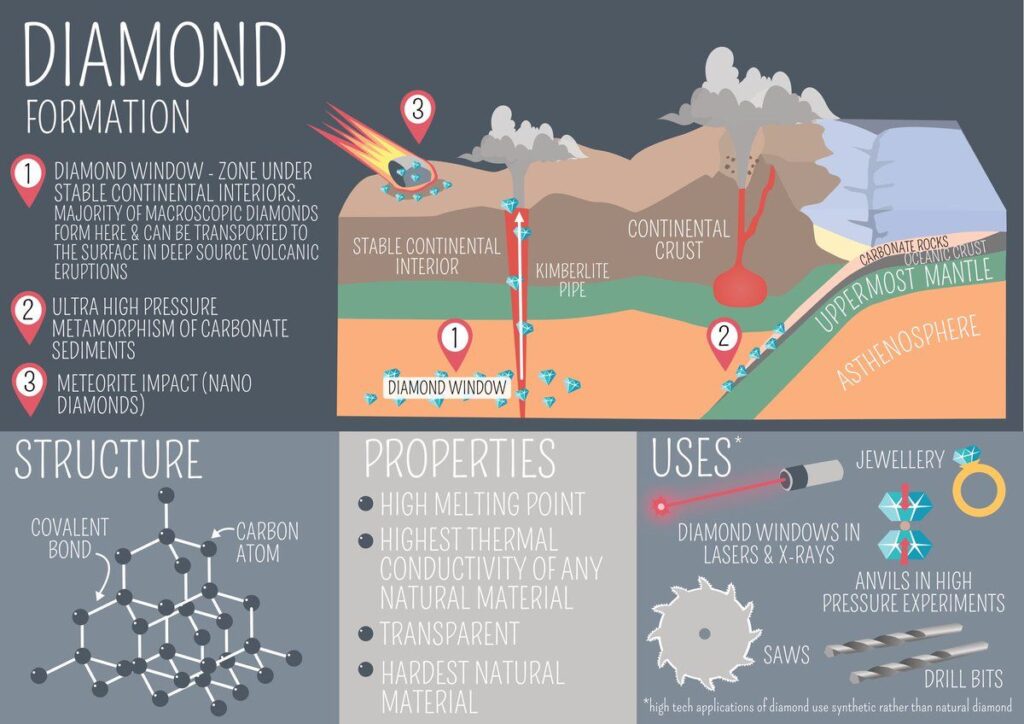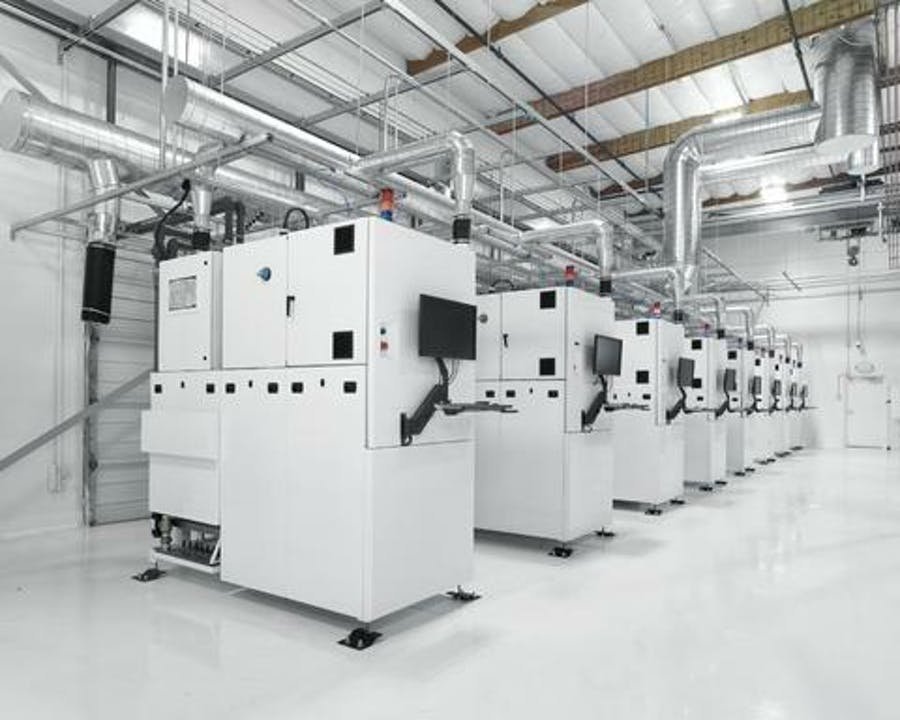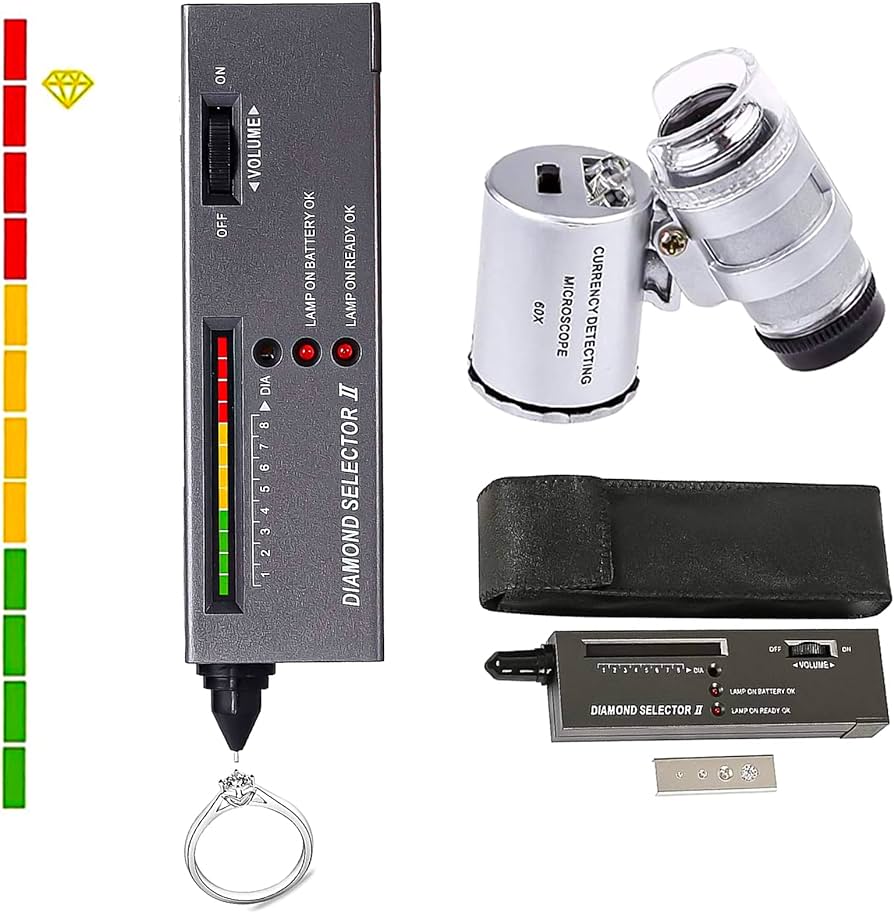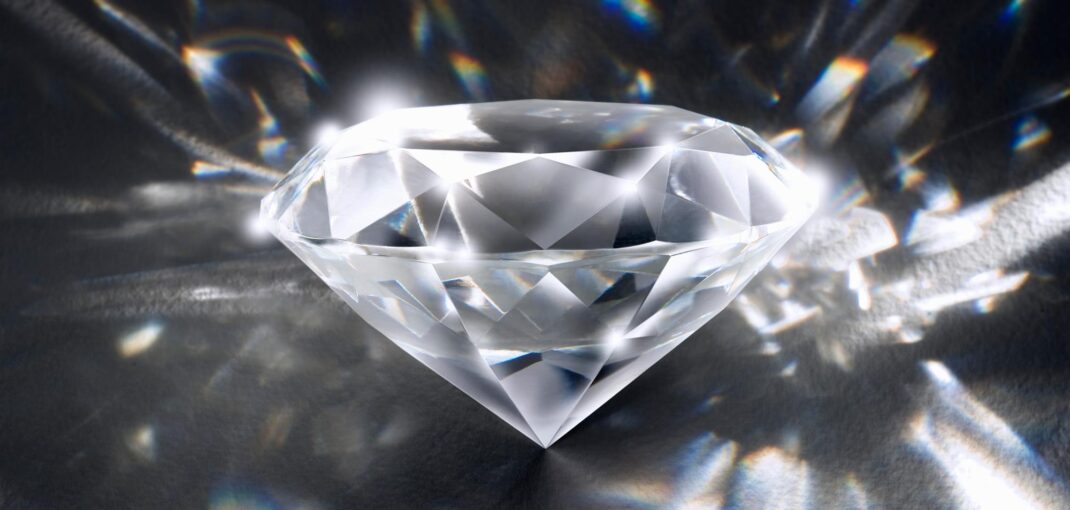Introduction
In the world of exquisite gemstones, diamonds stand as timeless symbols of love, luxury, and enduring beauty. With advancements in technology, the choice between natural and lab-grown diamonds has become more complex. In this blog post, we delve into the origins of diamonds, deciphering the fascinating journey from deep within the Earth to the sophisticated laboratories where they are meticulously created.
Origin of Natural Diamonds:

Natural diamonds, with their unparalleled allure, are the result of a geological masterpiece that unfolds over an astonishing time frame—1 to 3 billion years. They are born deep within the Earth’s mantle under extreme pressure and high temperatures. Carbon atoms arrange themselves in a crystal lattice, forming the iconic structure that defines diamonds. This process imparts a unique authenticity and individuality to each natural diamond, making them geological marvels. Details
Production of Lab-Grown Diamonds:

In stark contrast, lab-grown diamonds are crafted in a controlled environment within weeks, using advanced technological processes. These diamonds are created through High-Pressure High-Temperature (HPHT) or Chemical Vapor Deposition (CVD) methods. While the speed of production is a notable advantage, lab-grown diamonds also exhibit growth-related patterns that differ from their natural counterparts. Understanding these distinctions is crucial for consumers seeking transparency and authenticity in their diamond choices.
Professional Verification Instruments:

The jewelry industry employs sophisticated instruments for verifying the origin of diamonds. Gemologists use tools like spectroscopes, microscopes, and advanced imaging techniques to scrutinize diamonds and identify unique characteristics associated with their formation. The presence of certain inclusions, growth patterns, and trace elements can be indicative of whether a diamond is natural or lab-grown. These professional verification instruments play a pivotal role in maintaining the integrity of the diamond market.
Examples of Tools and Methods:
Professional gemologists and diamond grading laboratories use a range of instruments to verify the origin of diamonds. The DiamondView machine, for instance, uses short-wave ultraviolet light to reveal distinct patterns in lab-grown diamonds. Other tools, such as the Fourier-Transform Infrared Spectroscopy (FTIR) and the Raman spectrometer, provide detailed insights into the diamond’s composition, aiding in the identification process. These tools collectively contribute to ensuring the authenticity and quality of diamonds in the market.
Conclusion:
In the quest for the perfect diamond, understanding the origin is paramount. Natural diamonds, with their ageless beauty and geological significance, captivate those who appreciate the wonders of the Earth. On the other hand, lab-grown diamonds offer a modern and ethical alternative, appealing to those who prioritize sustainability and technological innovation. As consumers navigate the world of diamonds, armed with knowledge about their origin, they empower themselves to make informed and conscious decisions. By appreciating the distinctive characteristics of both natural and lab-grown diamonds, buyers can truly find the gem that resonates with their values and desires.

